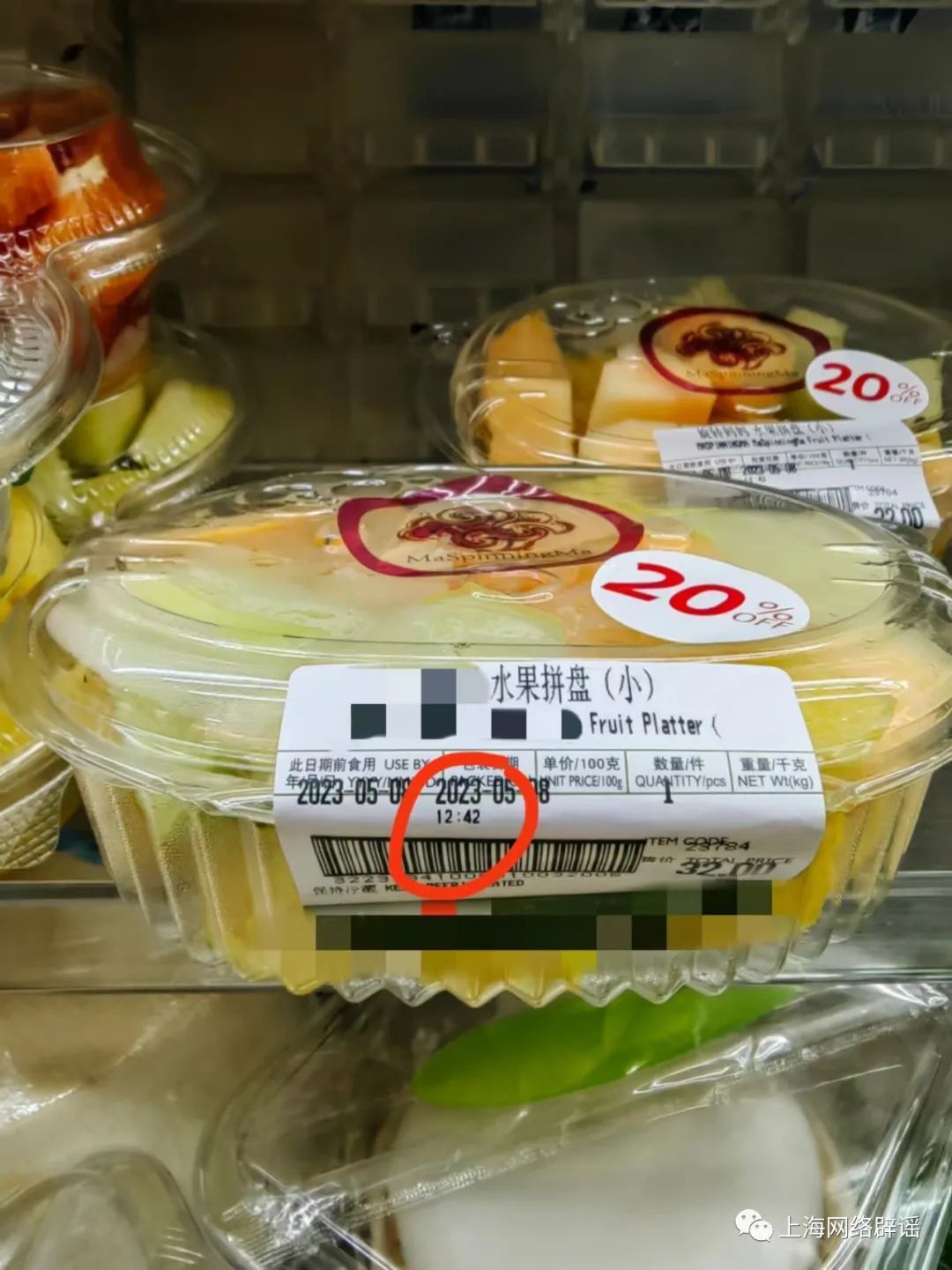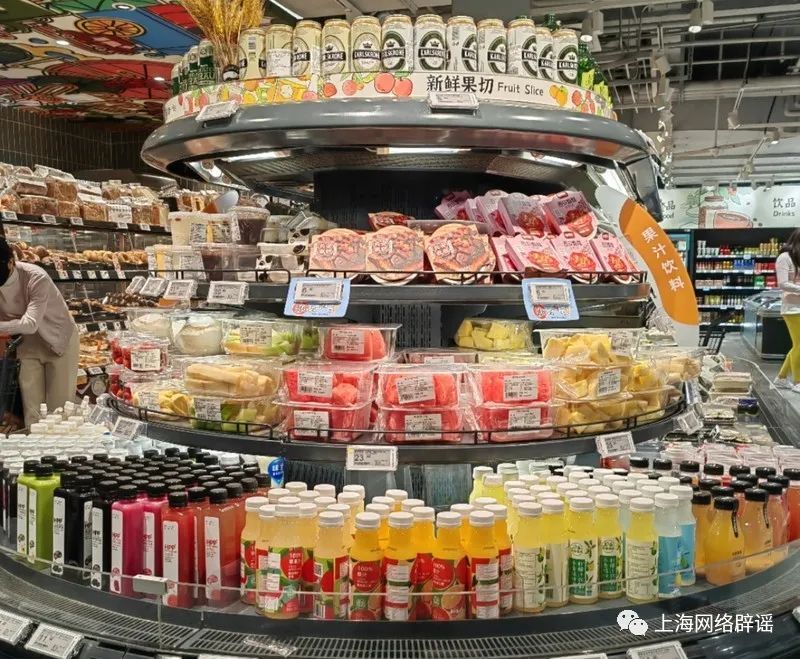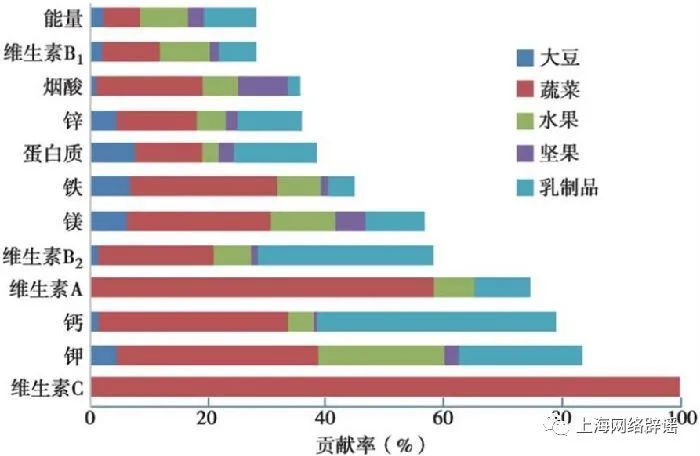How to eat fruit? Avoid these five misunderstandings
Recently, strawberries, watermelons, loquat and other seasonal fruits have been on the market in large quantities. Because of its rich vitamins, minerals and dietary fiber, fruit has always been recognized as a healthy food. But eating fruit incorrectly will also affect health, so we should avoid these misunderstandings when eating fruit.
Be careful when buying fresh-cut fruits.
Because of the advantages of ready-to-eat, small quantity and portability, many fruit shops will launch fresh-cut fruits in summer, and a plate of all kinds of fruits is full, which is very popular among consumers. However, the cut fruit is easy to breed bacteria when exposed to the air for a long time, leading to corruption and deterioration, so it is best to cut it now and eat it immediately; If you can’t finish eating it, you should refrigerate it as soon as possible, and the refrigeration time should not exceed 4 hours. It is not recommended to refrigerate it for a long time.
However, the reporter found that in many roadside fruit stalls, fresh-cut fruits are often placed in the most conspicuous position and exposed to direct sunlight. Some shops still sell the fruit bowls cut in the morning. The cut fruit has been exposed to the sun for a long time, but it is no longer fresh, but it is still mistaken by many consumers for fresh-cut fruit to buy home.
How to judge whether it is really fresh-cut fruit?
Generally, fresh-cut fruits sold in regular supermarkets will be marked with the cutting and sealing time on the outer packaging, and the shorter the purchase time is, the better. If the time of cutting and sealing is not marked, consumers can ask the store or observe the surface of the fruit. If the fruit is found to be oxidized and black in color, the pulp is wilted and the fruit plate oozes juice, it means that the fruit itself is not fresh or the cutting time is long, so it is not suitable for purchase.

Fresh-cut fruits sold in regular supermarkets will be marked with the cutting and sealing time on the outer packaging.
In addition, "fruit fishing" is also very popular in summer, but some merchants deliberately add stale fruits to yogurt to stir, and the unsold fruits turn into fruit fishing, but their value doubles. Therefore, consumers must choose reliable merchants when buying fruit fishing.
Fruit juice can’t replace fruit.
Fruit juice has always been a cool and thirst-quenching product in summer, and freshly squeezed fruit juice and bamboo tube fruit tea have once become drinks in online celebrity.
But in fact, drinking fruit juice can’t replace eating fruit. Eating fruit directly is healthier than drinking freshly squeezed fruit juice. In the process of squeezing fruit into juice, a lot of nutrients will be lost, such as dietary fiber in pulp will be discarded in pursuit of taste; When the pulp is cut and exposed to the air, vitamins, polyphenols and other nutrients will be lost to varying degrees; After squeezed into juice, the sugar in the fruit will become more easily absorbed by the human body, and drinking juice for a long time is easier to get fat than eating fruit; There are even unscrupulous merchants who specially select stale fruits and squeeze them into juice, and then add sugar, pigment, essence, etc. Additives completely cover up the taste of fruits, and consumers simply can’t taste whether the fruits are fresh or not.

Fruit juice can’t replace fruit.
Therefore, we should try to eat more fruits and drink less juice in summer.
A part of rotten fruit should not be eaten any more.
Some fruit at home is rotten, and some people are reluctant to throw it away. They will gouge out the rotten part of the fruit and eat the rest of the "good" place. Then, can some rotten fruits be eaten again?
"rotten fruit" can be roughly divided into three situations: first, rot and mildew; The second is spots and a small amount of insects; The third is bruising and frostbite. Xu Wenping, an associate researcher at the School of Agriculture and Biology, Shanghai Jiaotong University, said that in rotten and moldy fruits, not only the rotten parts breed microorganisms, but also the seemingly intact pulp is contaminated by microorganisms, which is just invisible to the naked eye. That is to say, the "good" parts of rotten fruits also have toxic substances left, which may cause headaches, nausea, vomiting, etc., endangering human health, and it is not recommended to eat them again.

Rotten and moldy fruits should not be eaten any more.
In addition to being contaminated by microorganisms, fruits have other "small flaws" and can still be eaten, but it is recommended to eat them as soon as possible. For example, the fruit is only slightly spotted or eaten by a small amount of insects, which can be cut off with a knife before eating; In addition, after the fruit is bruised or frostbitten, the pulp cells are damaged, juice overflows, and the color of the bruised and frostbitten parts will be slightly darker. This kind of fruit should not be stored, and it should be eaten immediately after the problem is found.
Vitamin C supplementation can’t rely solely on eating fruits.
Some people eat fruit mainly to supplement vitamin C, but it is not. In addition to fruits, there are many "vitamin C kings" in vegetables. According to China Food Composition Table, the five fruits with the highest vitamin C content are Dongzao 243mg/100g, Guava 68mg/100g, Kiwifruit 62mg/100g, Leling jujube 54mg/100g, and Crataegus pinnatifida 53 mg/100 g. The five vegetables with the highest vitamin C content are: colored pepper 104mg/100g, mustard (big leaf)/cabbage 72mg/100g, Brassica oleracea 65mg/100g, Chinese cabbage (Shanghai Green) 64mg/100g and kale 63 mg/100 g.
The Reference Intake of Dietary Nutrients for China Residents recommended that the daily intake (RNI) of vitamin C for adults should be 100mg. In "Dietary Guidelines for China Residents 2022", it is introduced that "the contribution rate of different kinds of foods to some nutrients in the diet in the 2000kcal balanced diet model", and the contribution rate of vegetables to vitamin C is almost 100%. Therefore, under normal circumstances, you can get enough vitamin C through a balanced diet, and you don’t have to eat a lot of fruits to supplement vitamin C.

Fruit can’t replace vegetables.
Vegetables and fruits can provide rich micronutrients, dietary fiber and phytochemicals, but they can’t replace each other because of their different nutritional advantages. Vegetables can be divided into dark vegetables and light vegetables. The contents of vitamins, minerals and dietary fiber in dark vegetables are mostly higher than those in fruits. However, there are more carbohydrates, organic acids and aromatic substances in fruits than in fresh vegetables, and the sugar content is generally higher than that in vegetables, so it is not suitable for excessive consumption.
Therefore, Dietary Guidelines for China Residents 2022 suggests that both vegetables and fruits should be eaten. Among them, meals should have vegetables, and adults should ensure that they consume not less than 300g of fresh vegetables every day, and dark vegetables should account for 1/2; Eat fruit every day, and adults are guaranteed to consume 200-350g of fresh fruit every day. The sweetness and nutrient content of different fruits are different. Take at least 1-2 kinds of fruits every day, and seasonal fruits are the first choice.
Photo: Shanghai rumor platform
Transcription Editor: Lin Xinyi